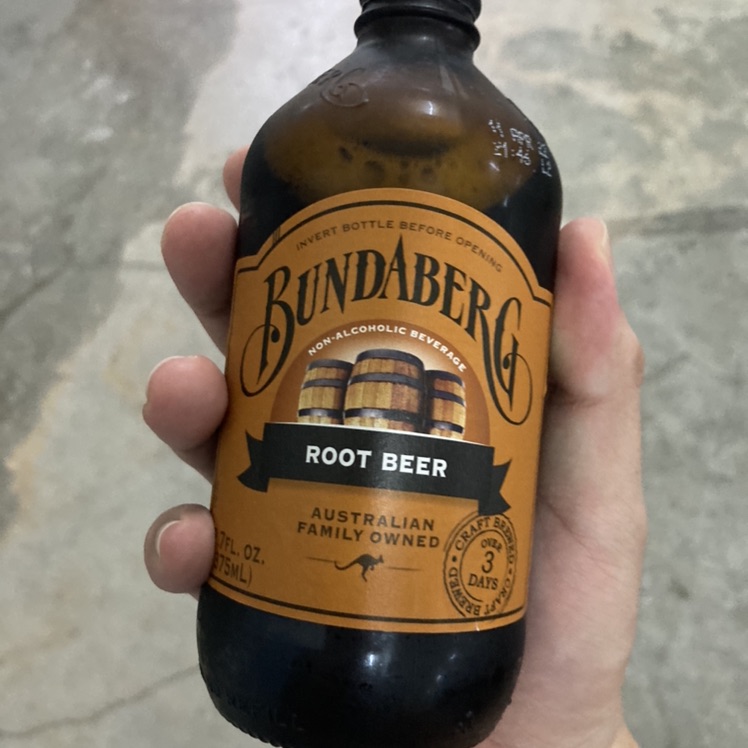
Avester
No personal profile
134Follow
24Followers
0Topic
0Badge
Nah
Tesla Stock: Headed to $220?
Ok can
These 2 Growth Stocks Are Easily Defying the Bear Market
Ok
Stocks Rise As Investors Attempt to Build on Friday’s Rally
Ok
Options Traders Brace for Big Swings As U.S. CPI Data, Fed Meeting Loom
What is a roku? I only know the roku soup
Sorry, the original content has been removed
Good riddance
China's Didi Plans Hong Kong 'Listing by Introduction', Picks Banks -Sources
Ok
Sorry, the original content has been removed
Ok
Strategists Say the Stock Market Could Struggle This Fall. What to Buy Now?
Comment
Jerome Powell's Quest For Economic Stability Is Destabilizing
Nice
Sorry, the original content has been removed
Ok
Sorry, the original content has been removed
Ok
Sorry, the original content has been removed
Super
Sorry, the original content has been removed
Sure
Marqeta shares popped more than 12% in premarket trading.
Hm
Marqeta shares popped more than 12% in premarket trading.
Good morning
This Unloved Tech Stock Could Make You Rich One Day
Sure
Sorry, the original content has been removed
Ok
Sorry, the original content has been removed
Comment
Sorry, the original content has been removed
Dance
Sorry, the original content has been removed
Go to Tiger App to see more news